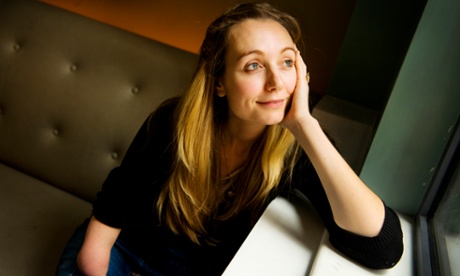
Every child deserves to have their life represented by the power and beauty of story. As a writer this is something I champion because it resonates in my own heart; a heart that was first touched by the wonder of books when my grandma brought Alice in Wonderland to life for me.
She was not your typical grandmother. She wouldn’t allow us to sit on her favourite rug, and in her car we had to be silent. I once peeked inside her wardrobe and gasped at the gleaming rows of high-heeled shoes, which we were forbidden to touch. She led an extraordinary and difficult life, and by the time her grandkids arrived she was tired – not of life, but of children. She kept us at a graceful distance – that is, until Alice. While reading that story, she changed. Her voice became soft as if we were sharing a secret, and it seemed as if the world paused. Her voice is stitched forever to the book, so if I open it now I hear the words as she spoke them. She is every character, every rustling page, and I, age five, am Alice.
Alice was completely real to me: being gifted with the limitless imagination of a dyslexic, I sort of believed I was actually her. We were both blue-eyed, golden-haired, pale-skinned girls seeking adventure. I loved that we seemed so similar, both in appearance and demeanor. My dyslexia prevented me from reading until I was eight, but it gave me an enormous capacity for dreaming. This was enriched by stories of other adventurous girls that my mum patiently read to me night after night: Wendy turning right at the second star, Bessie scrambling up the faraway tree and Lucy stumbling through fur coats into a forest.
Yet something divided me from all these children. Those girls were physically perfect, whereas I had been born with one hand. But I was so dazzled by their worlds that I didn’t question their appearance; I simply stepped into their shoes as if they were my own.
Who else was there for me to align with? Where were all the disabled characters? Tiny Tim? Colin in The Secret Garden? Clara in Heidi? They were not in any way wondrous or wild; they were sickly or odd or dull. I was never going to imagine myself in their shoes. I adored those books nonetheless, but they weren’t enough.
We need diverse books. We need to show every child that they belong between the pages of great literature, regardless of heritage, faith, ability or financial security. That’s how you build a lifelong love of reading, and how you promote the inclusive world that I want my daughter and young readers (or listeners) to grow up in.
When I became a mummy to a little girl of dual heritage, I sought out books with children who looked like her. I found some, but not nearly enough. That was when I knew I had to write a picture book. Picture books are accessible to everyone, whether you’re a confident reader or not, and they can illustrate diversity with a beautiful subtlety.
Subtlety is really key for me. Children are highly perceptive: a hint of something worthy or overly educational and they’ll flee. The story, the characters, the joy of the language should always come first. Diversity should sit within this, illuminating all that glows.
My first book, Snowflakes, which is gloriously illustrated by Laura Ellen Anderson, is about a little girl called Mia. Like my daughter, Mia is of dual heritage, but that’s as far as the similarity goes. Mia has to leave her family and live with her grandma, which makes her feel desperately alone, until she sees snowflakes and realises that, like them, she is perfect too.
Though the book is a happy story, there is a thread of sadness woven throughout. Most children won’t pick up on it, but adults will. That’s the trick with picture books: you have to bear in mind who’s reading them, and add in something to move the grown-ups too.
In our second book, Mermaid, I wanted a disabled protagonist who was also highly skilled. So Sylvia arrived, a girl who is both an excellent swimmer and a wheelchair user. But is she really a mermaid?
Writing inclusively comes naturally to me – perhaps because I have multiple diversities, each of which I’m proud of, but none of which singly define me. Or perhaps it’s because the wonderful people who inhabit my world are a myriad of different backgrounds and abilities. When I write it is truly for everyone. I’m writing for the child at bedtime who will dream of the adventure all night long. I’m writing for the patient parent who has made time to read with their child after a long day. I’m writing for the grandmother, tired of children, who suddenly finds that a great book can enchant her once again. I’m writing in the hope that everyone’s heart can be touched by the extraordinary wonder of books.
Cerrie Burnell’s latest book Mermaid (illustrated by Laura Ellen Anderson, is available at the Guardian bookshop.

